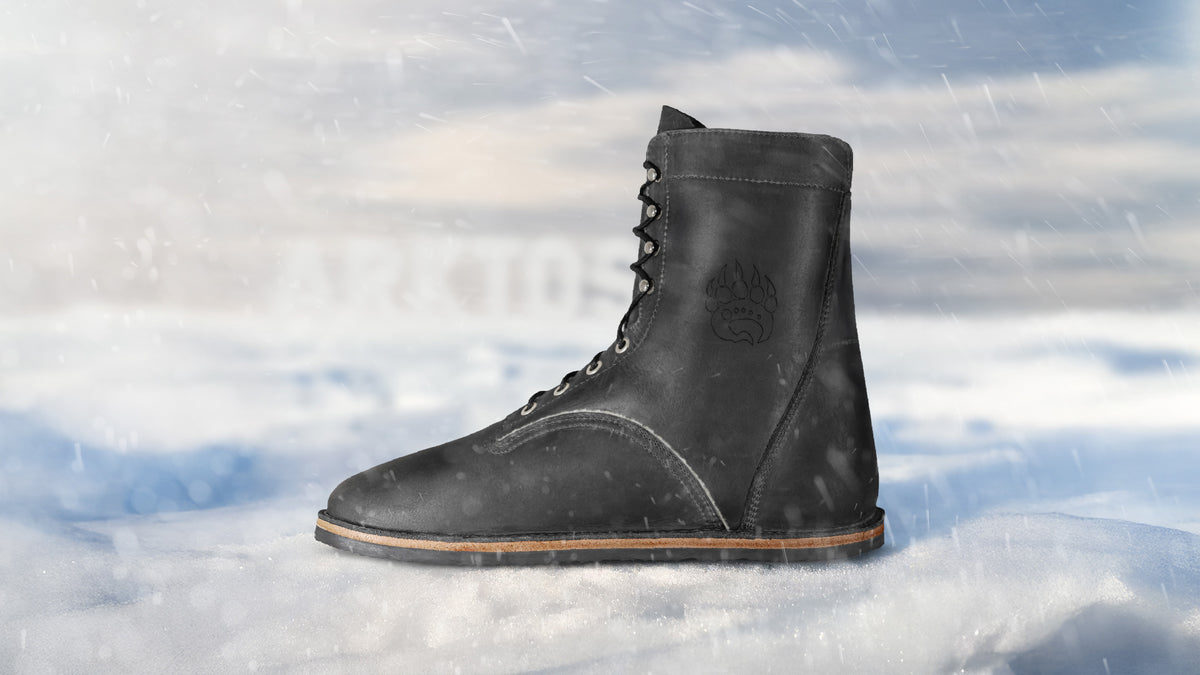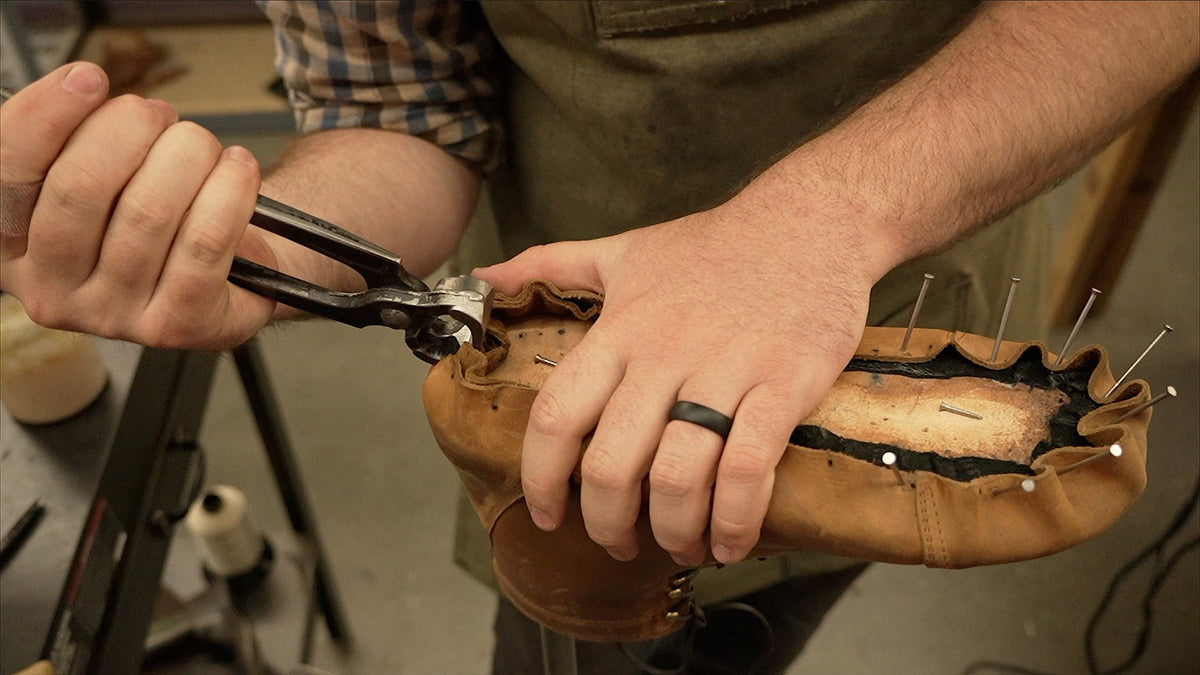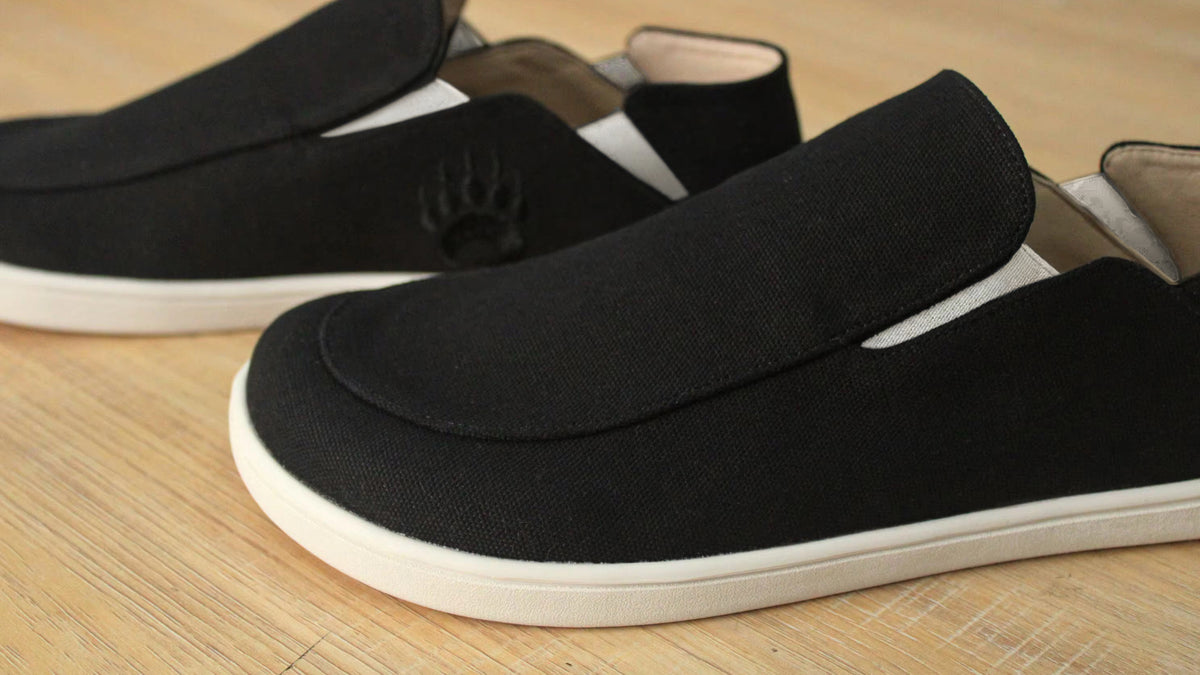Are Barefoot Shoes Comfortable? Exploring the Truth About Modern Minimal Footwear
Understanding Barefoot Shoes: What Makes Them Different?
Barefoot shoes have been making significant waves in the footwear industry due to their innovative approach to supporting natural foot movement. Unlike traditional footwear, which often includes substantial cushioning and rigid structures, barefoot shoes stand out with their minimalistic design. Most feature a thin, flexible sole and a wide toe box, which collectively encourage your feet to move as if you were walking barefoot. This allows for greater freedom, flexibility, and engagement of your foot muscles—something conventional shoes rarely offer.
However, one of the most frequently asked questions remains: are barefoot shoes actually comfortable to wear, especially for everyday activities? To answer this, it's important to separate facts from common myths and provide you with practical insights. In this article, we’ll explore the comfort level of barefoot shoes, dispel some misconceptions, and offer helpful tips so you can decide whether barefoot shoes align with your lifestyle and personal preferences.
Are Barefoot Shoes Comfortable for Daily Wear?
The Thin Sole Question: Does Less Cushion Mean Less Comfort?
One of the most common concerns people have about barefoot shoes is the thinness of the sole. Many individuals are used to equating comfort with lots of plush cushioning and built-in arch support, which are standard features in traditional footwear. Barefoot shoes, on the other hand, are specifically designed with a much thinner layer of material. As a result, you might initially notice that you feel every small pebble, crack, or uneven patch of ground underfoot when you first switch to barefoot footwear. This sensation can seem strange or even uncomfortable at first, but it’s actually a sign that your feet are starting to connect more directly with the ground. Over time, as you gradually adjust, your feet adapt and the muscles become stronger and more engaged, working the way they were naturally intended to. As your stability and awareness improve, many users find that their feet feel healthier and more resilient overall. In fact, those who stick with barefoot shoes often report that the spacious toe box and the flexible, responsive sole provide a unique sense of freedom. This natural range of motion is often far more satisfying than the cramped and restrictive feeling of conventional shoes, allowing your feet to move and function as they should.
Wide Toe Box: Making Space for Comfort
Traditional shoes are notorious for acting like toe dungeons, squeezing your toes tightly together and often leading to discomfort or even long-term foot deformities. Over time, this cramped environment can contribute to a range of issues, from persistent pain to the development of conditions like bunions. Barefoot shoes stand in stark contrast by featuring a spacious, anatomically-shaped toe box that gives your toes plenty of room to spread out and move naturally. This design encourages healthier foot mechanics, allowing your toes to splay as they’re meant to. As a result, barefoot shoes help promote better balance and stability with each step, while also minimizing the risk of blisters, bunions, and other common foot problems. By enhancing toe movement and supporting the foot’s natural alignment, barefoot shoes provide a more comfortable, stable, and natural walking experience compared to conventional footwear.
Transitioning to Barefoot Shoes: Tips for Maximizing Comfort
Start Gradually
Over the years, your feet have probably adapted to the soft, cushioned support of traditional shoes. When switching to barefoot shoes, it’s important to take things slow to maintain comfort and avoid injury. Start by wearing your barefoot shoes for short walks or limit them to indoor activities. As your feet get used to the new sensation, you can gradually increase the length and intensity of your wear. This step-by-step process gives your muscles, tendons, and ligaments time to strengthen and adapt, helping you enjoy the benefits of barefoot shoes comfortably and safely.
- Start by wearing barefoot shoes indoors for a few hours each day to help your feet adjust to the new sensation and support.
- As your comfort increases, slowly extend the amount of time you spend walking in barefoot shoes outdoors, allowing your muscles and joints to adapt at their own pace.
- Pay close attention to how your body feels during this transition; if you notice any discomfort or soreness, take a break and give yourself time to rest. Gradual adjustment and careful observation will help you transition smoothly while minimizing the risk of strain or injury.
Pay Attention to Surface Sensation
At first, you’ll notice increased contact with the ground beneath your feet. This heightened sensation is a natural and essential part of wearing barefoot shoes. Rather than being uncomfortable, it actually helps you become more aware of each step and how your body moves. Over time, many people discover that this extra feedback from the ground can significantly improve their stride, enhance overall balance, and contribute to better posture. Embrace this feeling as a positive change—it’s a valuable opportunity for your feet to rediscover natural movement patterns and return to the way they’re meant to function.
Benefits of Choosing Barefoot Shoes Despite Initial Discomfort
- Stronger Feet: The minimalist construction of barefoot shoes encourages your foot muscles to actively engage and work harder with every step, which gradually results in stronger, more resilient feet over time. By allowing your feet to move naturally, these shoes help activate muscles that are often neglected when wearing traditional, cushioned footwear.
- Improved Balance: Barefoot shoes offer enhanced ground feel, giving your toes room to spread out and splay naturally. This increased sensory feedback helps you better connect to the surface beneath you, resulting in greater stability and improved balance during walking, running, or everyday activities.
- Natural Posture: Wearing barefoot shoes supports healthy spine alignment by promoting natural movement patterns and encouraging you to walk with a more authentic gait. This helps maintain proper posture and reduces the strain on your back and joints that can be caused by conventional shoes with raised heels or excessive cushioning.
- Reduced Injuries: With a wide toe box and a highly flexible sole, barefoot shoes help minimize the risk of developing common foot problems, such as bunions or plantar fasciitis. This design allows your feet to move freely and naturally, reducing pressure points and providing better overall support, which contributes to fewer injuries and greater comfort over time.
Making Barefoot Shoes Work for You
Select the Right Pair
Not all barefoot shoes are made the same, so it’s important to choose wisely. Prioritize reputable brands that are known for their commitment to high-quality materials and authentic barefoot design principles. These brands invest in thoughtful construction to give you footwear that supports natural movement and healthy feet. When shopping for barefoot shoes, be sure to look for:
- Flexible, durable outsoles
- Zero-drop heel for natural alignment
- Wide, anatomical toe box
Guess what? Bearfoot shoes check all those boxes.
Be Patient with the Process
Comfort is a personal experience and can vary greatly depending on your individual foot health and daily activity level. Some people may need time to adapt, but if you stick with barefoot shoes through the initial adjustment period, you’ll often find they become an exceptionally comfortable choice for everyday use. Over time, many wearers notice less foot fatigue and greater overall comfort, especially as their feet strengthen and adapt to the natural, unrestricted design of barefoot footwear. With patience and gradual adjustment, barefoot shoes can transform your daily routine, making walking and standing feel more natural and supportive.
So... Are Barefoot Shoes Comfortable?
The decision to switch to barefoot shoes really comes down to your personal expectations and your openness to trying something new. At first, these shoes can feel a bit different—after all, their thin soles and minimal cushioning are a big change from traditional footwear. However, for many people, the transition is well worth it. Over time, the benefits for your feet can be significant. Barefoot shoes are celebrated for their roomy toe box and natural fit, which allow your toes to splay and move freely. This design promotes better foot alignment and comfort, and many users report that they actually find barefoot shoes more comfortable than conventional shoes after the initial adjustment period.
If you’re thinking about making the switch, it’s important to approach it gradually. Begin by wearing your barefoot shoes for a few hours at a time to let your feet adapt. Choosing the right pair for your unique foot shape and lifestyle can also make a big difference. Above all, listen to your body and take breaks if you need to. With time, patience, and persistence, you can experience greater foot strength, improved posture, and a new level of daily comfort. Ready to experience the difference for yourself? Step confidently into a future with healthier, happier feet—give barefoot shoes a try and feel the transformation!



